Everyone seems to be pretty well informed about the migrations of monarch butterflies in North America. Long distance southbound fliers end up in southern states in the east and in refuges in California and Mexico in the west.
In spring, northbound females lay eggs that hatch into butterflies that fly north and lay eggs, reaching further north with each generation until the far reaches of monarch territory are repopulated for the year.
So their current whereabouts are accounted for. But what about other kinds of butterflies?



There are even some butterflies that overwinter as eggs. So for every stage of the butterfly life cycle, there are species that spend the winter that way — as an egg, larva, pupa (chrysalis), or adult.
You can find them on plants, in leaf litter, under tree bark, in your garage, and wherever they decide to shelter. They’re out there in the cold right now, under the snow, and on branches bending in the winter wind.
On this 20 degree day in New York City it is reassuring to be reminded that spring is coming.
Julie Feinstein
I am a Collection Manager at the American Museum of Natural History, an author, and a photographer. I live in New York City. I recently published my first popular science book, Field Guide to Urban Wildlife, an illustrated collection of natural history essays about common animals. I update my blog, Urban Wildlife Guide, every Sunday.


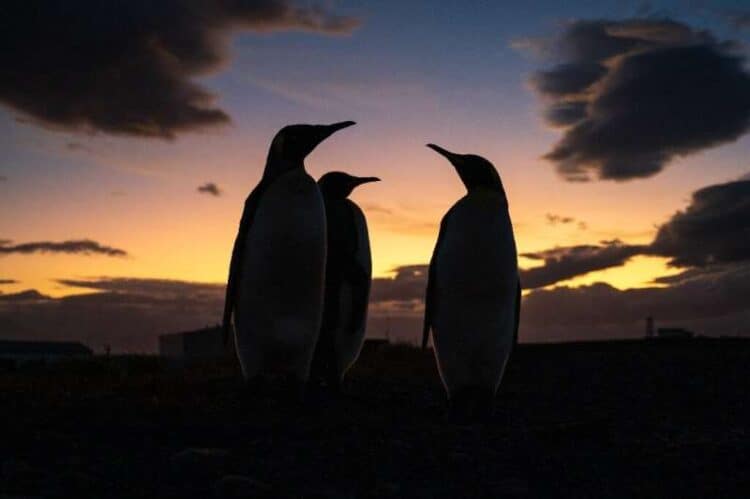
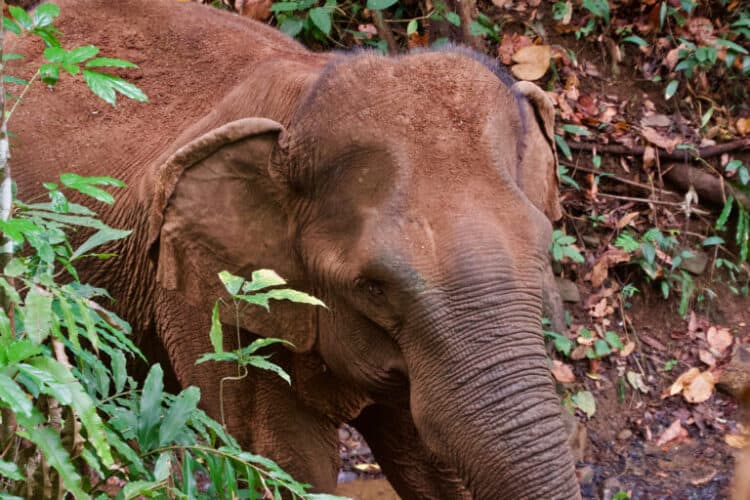
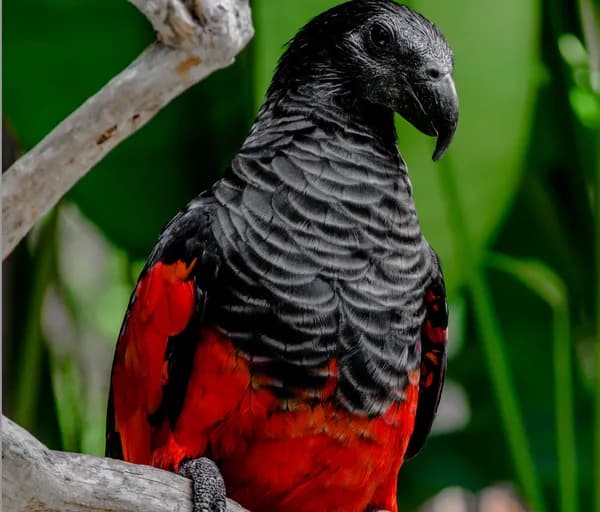
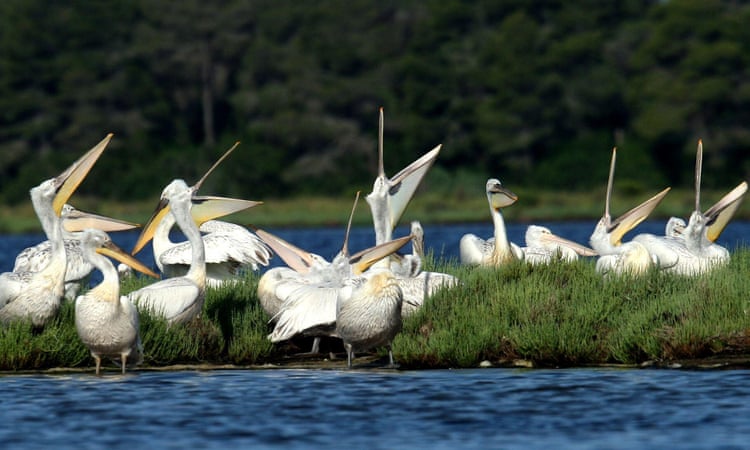

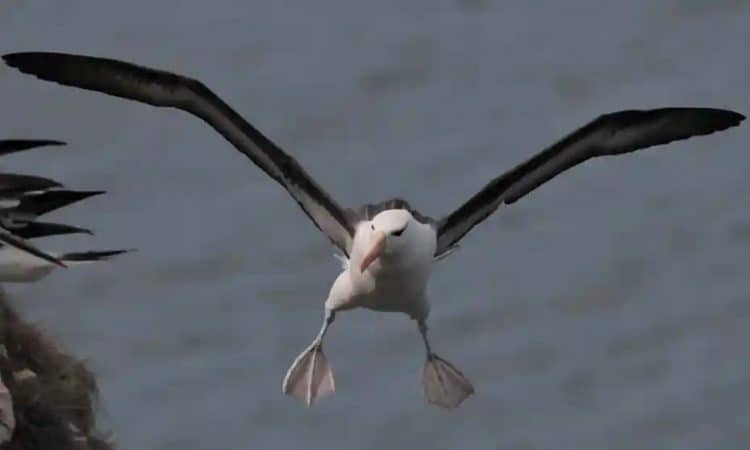
Leave a Reply